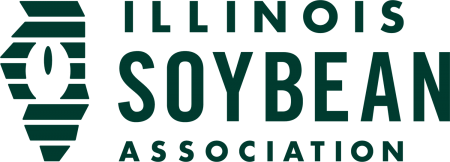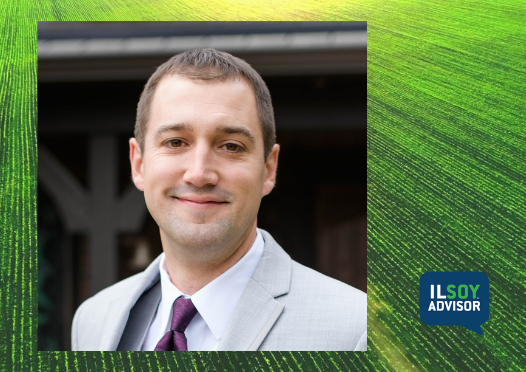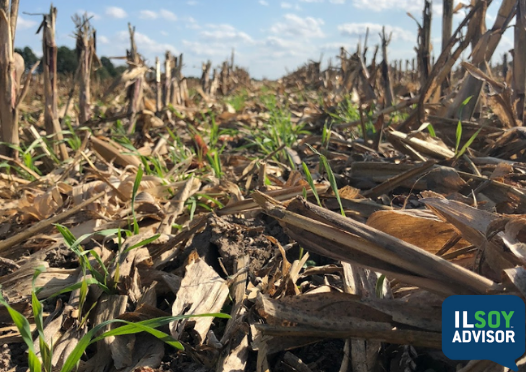ILSOYADVISOR POST
SHOWCASE FARMER: Alan Madison
The farmer. Alan Madison owns and operates a 3,000-acre farm in northwestern Illinois near Princeton. He started farming part-time in 1979 while he was working for the USDA Soil Conservation Service. He made the move to full-time corn and soybean farming in 1997.
Environmental challenge. Being near the Bureau Creek Watershed, Madison is most concerned about preventing nutrient loss. According to Madison, knowing exactly what your plants need and when they need it is an important key to keeping nutrients for the crops and preventing those nutrients from ending up in water sources.
Madison became interested in conservation when he was starting his career with the soil conservation service as a junior in college.
Best management practices. Madison’s first conservation practice was no-till soybeans. “The no-till option saved money,” says Madison. “Making fewer trips across the field made economic sense in a tough economy—especially when we were trying to save money and time.”
He was also interested in using cover crops. Madison says, “Back 30 years ago, cover crops didn’t catch on, but they are catching on now.”
To reduce his impact on the environment and watershed, Madison split applies nitrogen. He says, “Don’t put it all on in the fall. Only put on half in fall, and try other methods of applying it in spring.” He adds that he has never had an issue of getting the nitrogen on.
By side dressing nitrogen only when the plant needs it and only the amount that the plants need, Madison knows that he is being more efficient and conscious, both economically and environmentally.
Madison uses variable rate technology including variable rate planting and variable rate application of nitrogen, phosphorus and lime. He has been using yield mapping since 1999—currently using Ag Leader Yield Mapping software. By paying more attention to his application practices, Madison is helping to reduce nutrient loss.
Advice to growers. “Be willing to try something different,” Madison says. “Try a few fields, and see how you can make it work for your farm.” Madison has been using this style of starting small-scale and then growing since the early 1980s.
“Be receptive to change,” Madison adds. “In this day and age with all of the technology we have, there is a huge difference in the information available. Understand that we do have an issue, and if we aren’t proactive about addressing the issue, we will get regulations that we won’t be happy with.
“There are people in the industry in your area who are willing to work with you,” says Madison. “The industry doesn’t want more regulations, so they are willing to help you figure it out.”
One thing for ’16. “We are having a field day this summer where we will be collecting information on tile lines and sampling nitrates and phosphorus. We are collecting base information, and then seeing what happens when there is a big rainfall.”





Comments
Add new comment